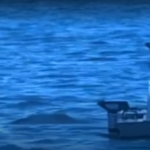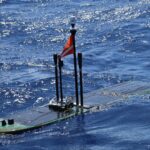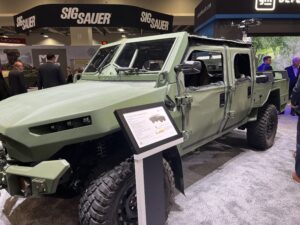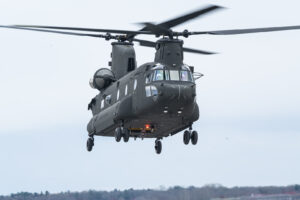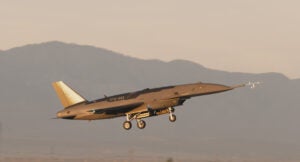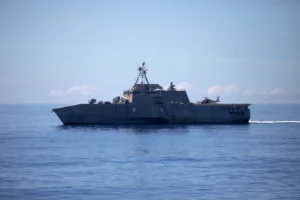
The Navy’s fiscal year 2025 30-year shipbuilding plan detailed the service’s plans and reasons for requesting to decommission 19 ships, including 10 ships before the end of their expected service lives. Earlier this month, the service’s FY 2025 budget request outlined the 10 ships the Navy wants to retire early: two Ticonderoga-class; two Independence-variant Littoral Combat Ships, one Whidbey Island-class dock landing ship (LSD), the four oldest Spearhead-class expeditionary fast transport ships, and a Montford Point-class Expeditionary Transfer Dock ship…

 By
By 